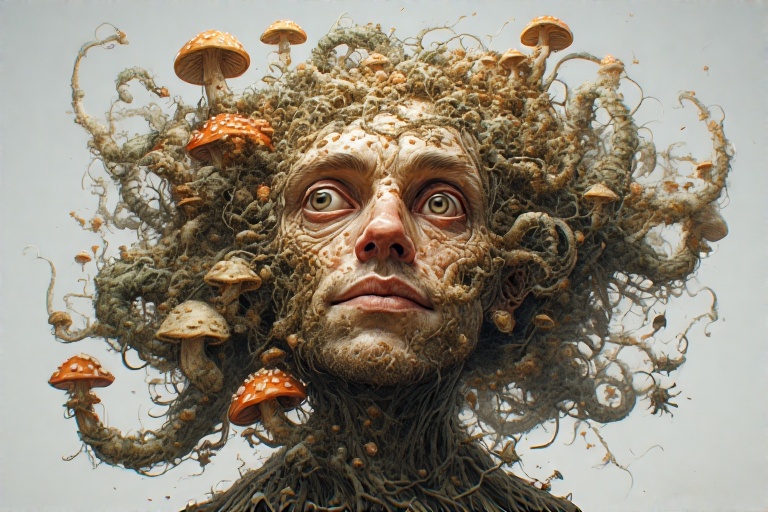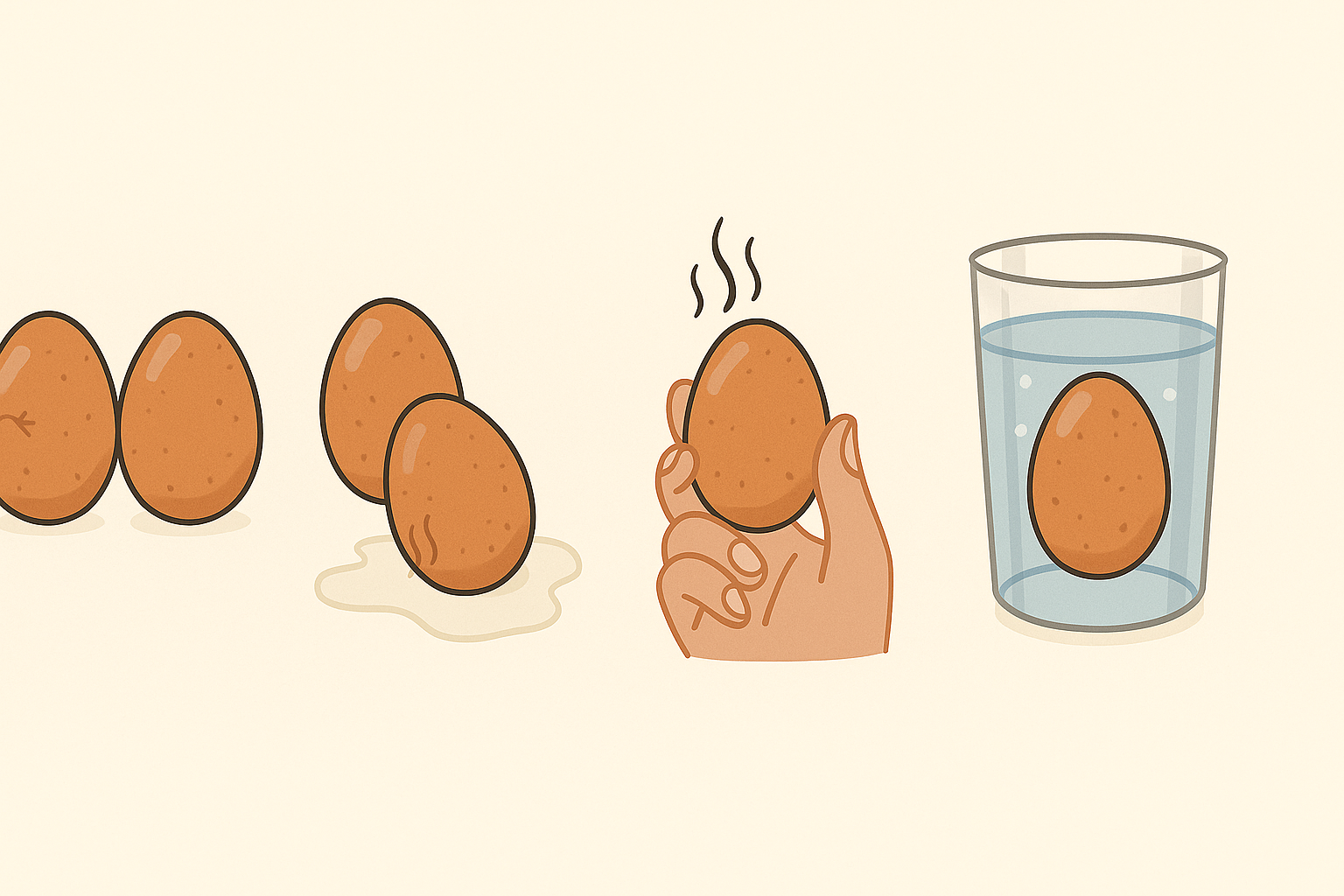What Is a Fungus?
Fungi are a kingdom of organisms distinct from plants, animals, and bacteria. Common fungi include mushrooms, yeasts, and molds. They reproduce by releasing spores and thrive in environments with moisture and decaying organic matter. Unlike plants, fungi do not photosynthesize. Instead, they absorb nutrients from their surroundings.
There are over 5 million species of fungi, many of which are still undiscovered. Fungi are essential for the ecosystem, breaking down dead matter and recycling nutrients.
The Concept of Fungus-Man: Where Science Meets Imagination
The term Fungus-Man can have different interpretations depending on the context:
1. Fungus-Man in Myth and Folklore
Throughout history, many cultures have personified nature and its elements. A Fungus-Man may represent an earth spirit, forest guardian, or a mythical creature born of nature’s decay and regeneration. In some legends, such beings are wise but dangerous, dwelling in damp forests, controlling fungi, and guarding sacred groves.
2. Fungus-Man in Pop Culture
In science fiction and horror, the idea of a man being overtaken or merged with fungi is a powerful image. Popular media has featured characters like:
- The Last of Us: A game and TV show featuring a fungal outbreak turning people into zombie-like creatures, inspired by the real-life Cordyceps fungus.
- Swamp Thing: Though plant-based, this character’s symbiosis with natural elements resembles a Fungus-Man archetype.
- Mushroom Men in fantasy games: Humanoid creatures made entirely of fungi.
These fictional Fungus-Men reflect both fascination and fear of nature’s power.
3. Fungus-Man in Real Life: Fungal Infections and Human Biology
There is also a biological basis for this concept. Fungi can and do affect humans in ways that sometimes seem almost science fiction:
a. Mycoses (Fungal Infections)
Fungi can infect the skin, nails, lungs, and even the brain. Some well-known fungal infections include:
- Athlete’s foot
- Ringworm
- Candida (yeast infections)
- Aspergillosis and Cryptococcosis (invasive fungal diseases)
When fungi spread inside the human body, especially in immunocompromised individuals, it can be life-threatening. This has given rise to the idea of fungi “taking over” the human form—just like a Fungus-Man.
b. Cordyceps and Behavioral Control
One real-world fungus, Cordyceps, infects insects like ants and takes over their nervous system, forcing them to climb and die at high elevations so the fungus can spread. This mind-controlling fungus has sparked theories and horror stories about what would happen if it jumped to humans.
c. Fungi in the Human Microbiome
Our bodies naturally carry fungal species, especially in the gut and on the skin. While they often live in harmony, imbalance can lead to health issues.
Could Humans and Fungi Merge? The Future of Fungus-Man
With advancements in biotechnology, synthetic biology, and medicine, the idea of Fungus-Man is no longer purely science fiction. Researchers are exploring fungi as:
- Biodegradable materials: Mycelium (fungal root-like structures) can replace plastic and leather.
- Biohacking: Future humans might use fungi to heal faster, resist radiation, or survive harsh environments.
- Mushroom-based pharmaceuticals: Psilocybin, found in magic mushrooms, is being researched for treating depression and PTSD.
What if humans could integrate these fungal powers into their biology? Could we one day create a symbiotic relationship with fungi that enhances our abilities?
Environmental Role of Fungi: Lessons from Fungus-Man
Another aspect of Fungus-Man is environmental stewardship. Fungi are nature’s recyclers. They break down dead wood, leaves, and even plastic. They can clean oil spills and decontaminate soil.
A real-life Fungus-Man might be a scientist, farmer, or eco-warrior using fungal technology to solve global problems such as:
- Waste management
- Sustainable agriculture
- Climate change
This version of Fungus-Man is a hero, not a monster.
Fun Facts About Fungi That Inspire the Fungus-Man Myth
- The largest organism on Earth is a fungus: Armillaria ostoyae in Oregon spans over 2,400 acres!
- Mushrooms can glow in the dark: Some species exhibit bioluminescence.
- Lichens are partnerships between fungi and algae, often surviving extreme climates like Antarctica.
- Fungi communicate using underground mycelial networks, sometimes called the “Wood Wide Web.”







Leave a Reply